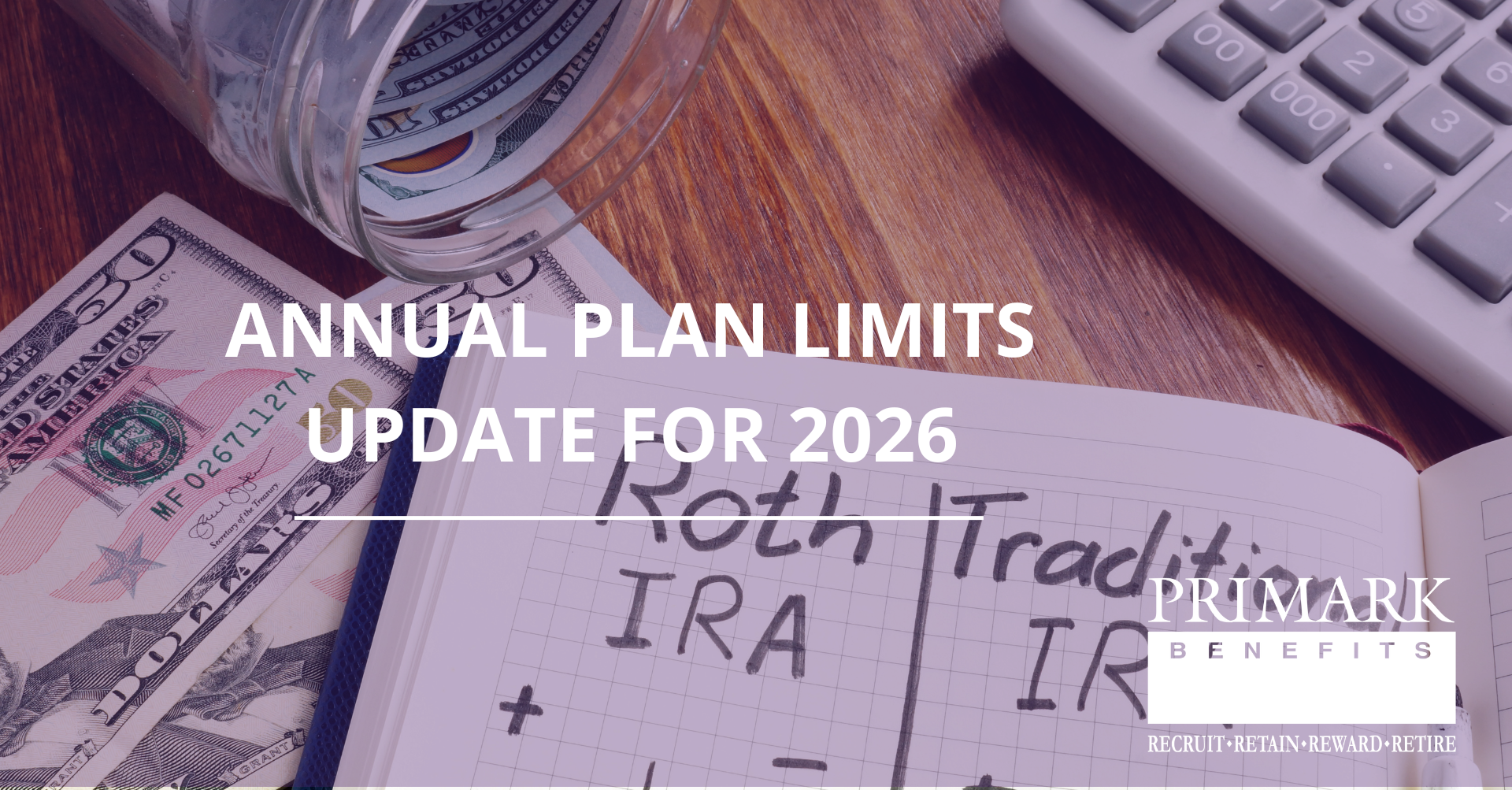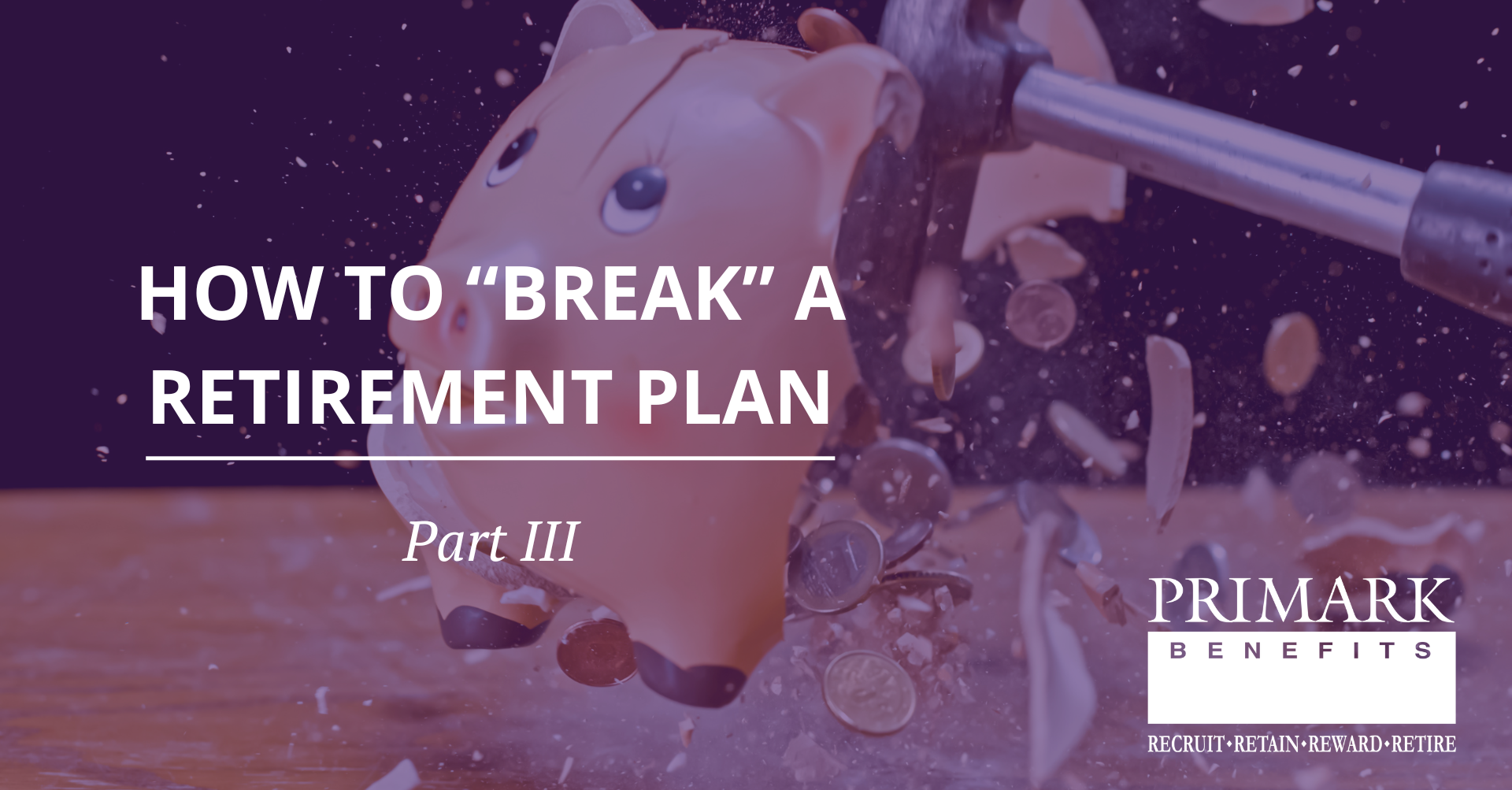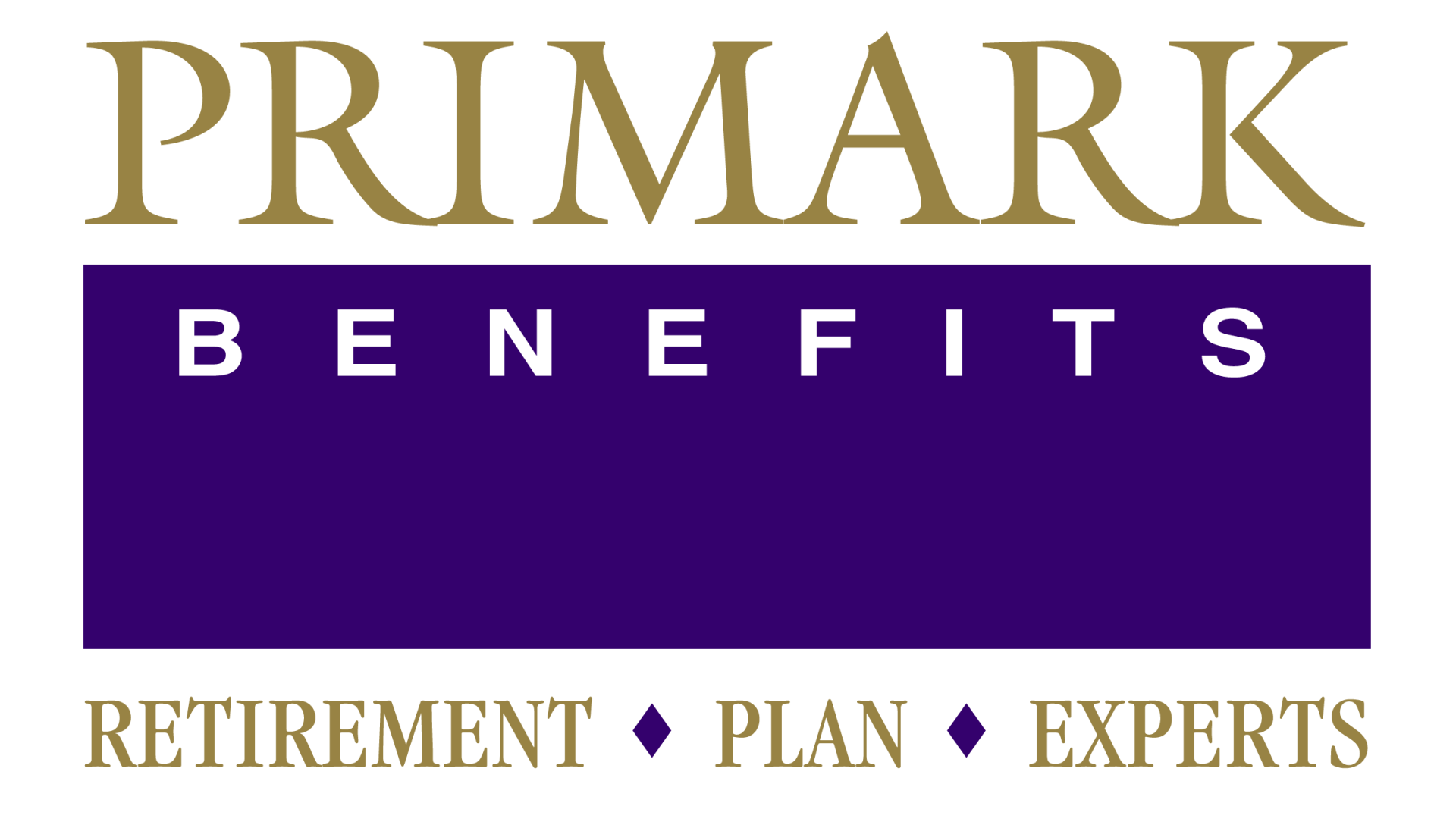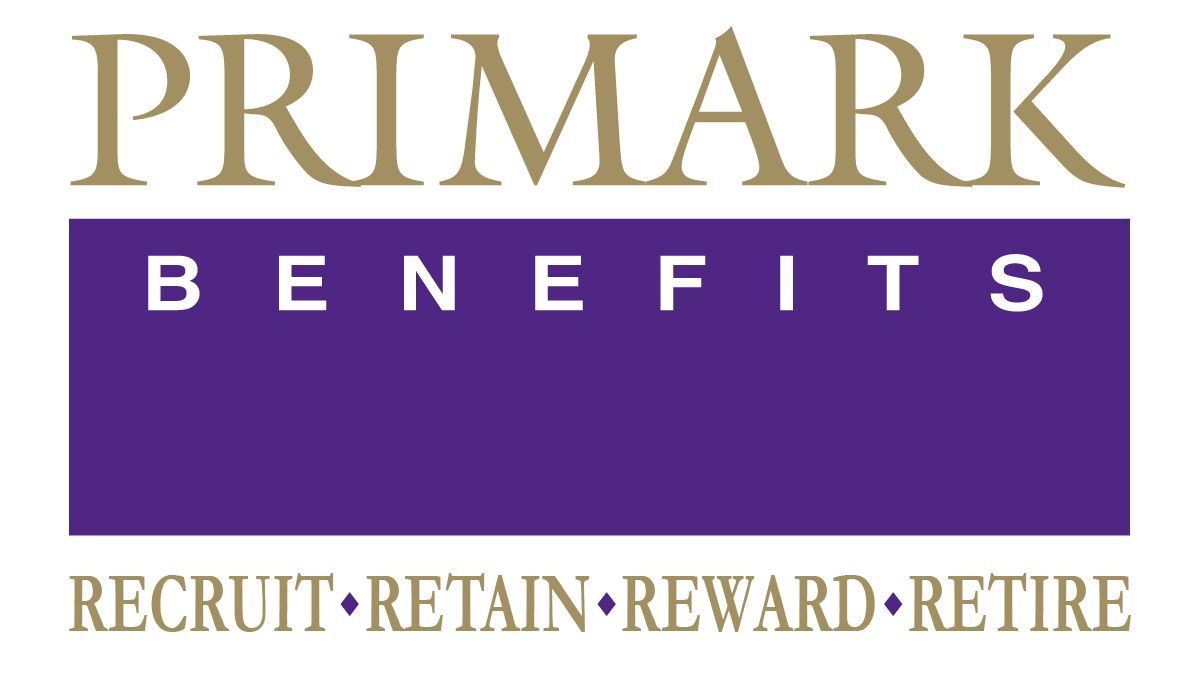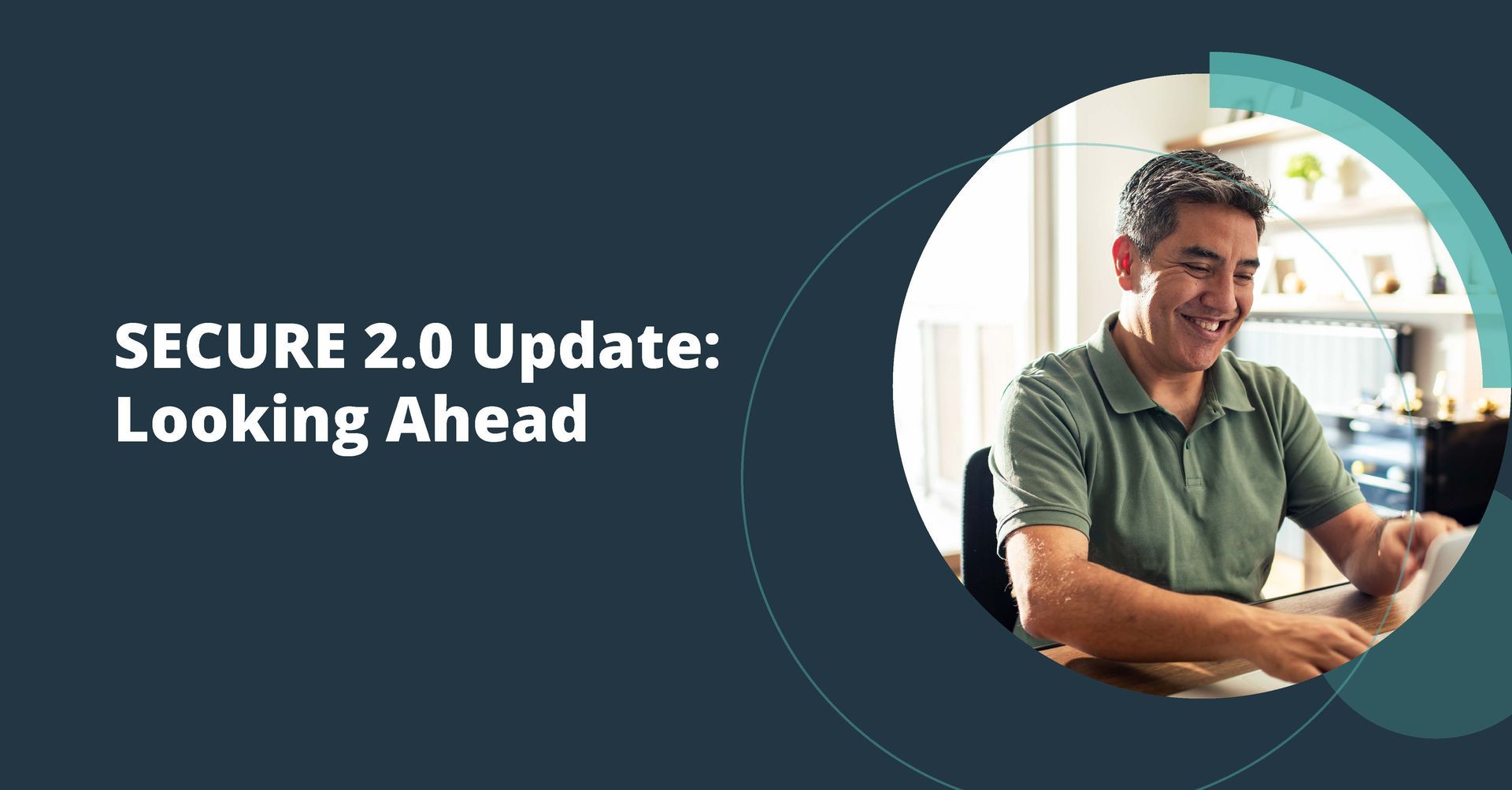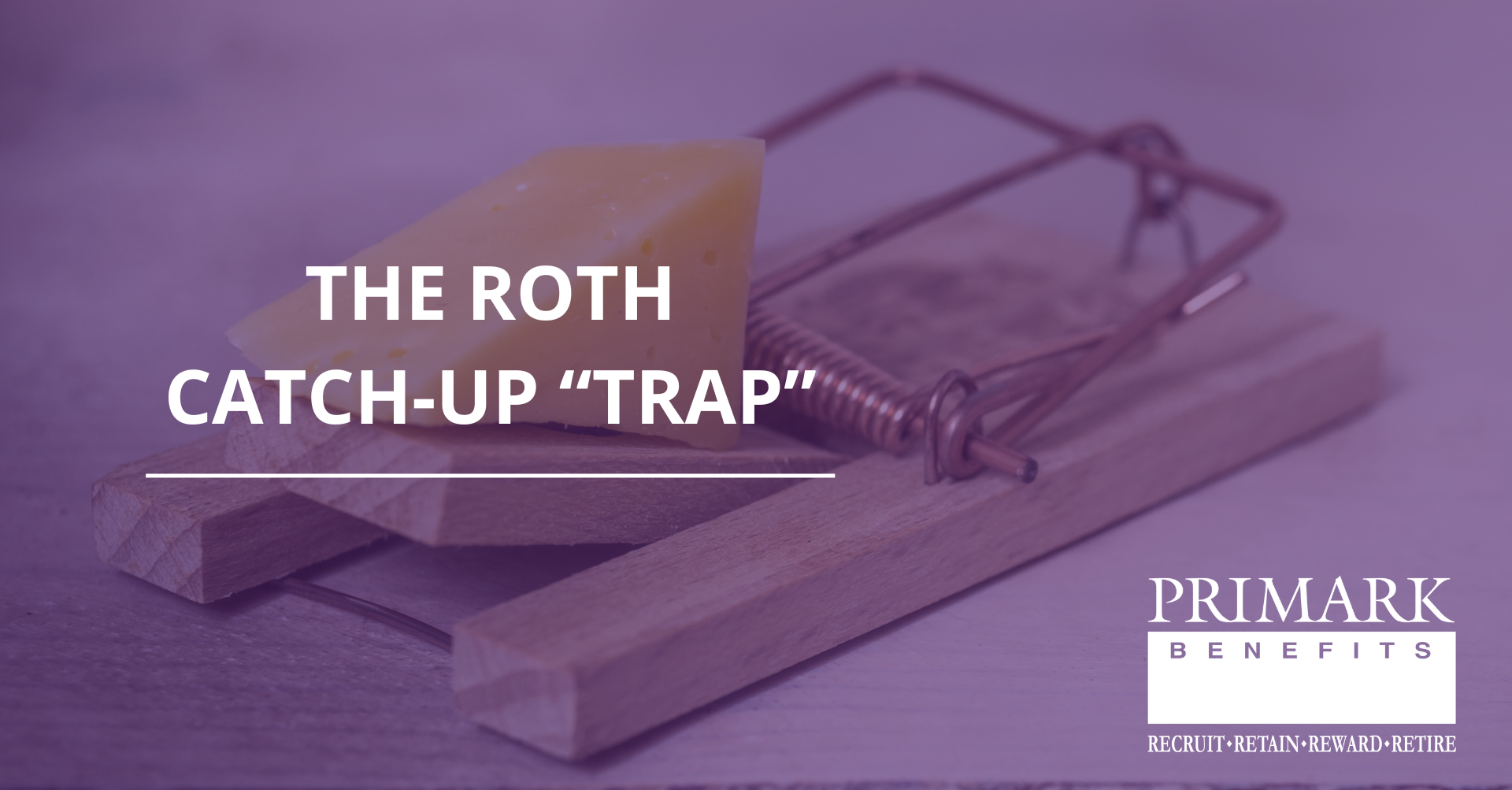SECURE 2.0 Update: Looking Ahead
Some provisions of SECURE 2.0 have already taken effect, and more will become effective soon. For plan sponsors, preparation is the key. Starting early allows for a thorough consideration of how SECURE 2.0 provisions may impact enrollment, contributions, and other aspects of your 401(k) plan. This will help you align your plan with regulatory requirements while continuing to meet both employer and employee needs.
Here are a few of the provisions that could affect your plan:
Long-term part-time worker eligibility
Effective January 1, 2025, employees who have at least 500 hours of service each year for two consecutive years are eligible to participate in the plan. This adjustment signifies a shift from last year's eligibility criteria, which required three consecutive years of service, thereby reducing the length of service needed for part-time employees to qualify for the employer's retirement plan. Given the complexities involved in implementing this provision, some plans are evaluating the advantages and disadvantages of granting immediate eligibility to all employees.
Automatic enrollment and escalation
New 401(k) or 403(b) plans established after December 29, 2022, must automatically enroll eligible employees, beginning with the first plan year starting January 1, 2025, at a contribution rate between 3% and 10%. The plan must include automatic escalation at a pace of 1% a year until contributions reach 10% to 15%.
This regulation has implications for company mergers and acquisitions that involve multiple retirement plans, as well as those that join multi-employer plans.
If your plan does not currently include automatic enrollment, you may be eligible for a $500 tax credit for the first three years it is adopted.
Super catch-up contributions
Most plan sponsors currently offer employees aged 50 or older the opportunity to make catch-up contributions, which has been set at $7,500 for 2024. A significant update arriving in 2025 is the introduction of super catch-up contributions under SECURE 2.0 legislation. This provision allows plan sponsors the option to enable employees who reach the ages of 60, 61, 62, or 63 within a particular year to make enhanced catch-up contributions. The limit is determined as the greater of:
- $10,000, or
- 150% of the age 50 catch-up contribution limit for 2024.
For successful implementation, plans and recordkeepers are required to precisely track participants' ages, apply the appropriate contribution limits, and communicate clearly about this option to eligible participants.
Roth matching and non-elective contributions
Since 2022, plan sponsors have been presented with the opportunity to allow participants to choose how they receive employer matching or non-elective contributions: as traditional pre-tax contributions or fully vested Roth contributions. This option is designed to give participants enhanced control over the tax treatment of their retirement savings, potentially offering the benefit of tax diversification.
Initially, there was hesitancy among plan sponsors to embrace this provision due to uncertainties surrounding taxation, reporting, and administrative processes. However, recent IRS guidance has clarified several of these issues. In light of the new information, plan sponsors might now want to reevaluate whether incorporating this option aligns with their overall plan objectives.
Force-out provisions and auto portability
The Safe Harbor IRA, a well-established provision, has recently captured significant attention. This provision enables plan sponsors to remove small account balances ranging from $1,000 to $7,000. By taking this step, employers can decrease the number of small, inactive accounts, thus reducing administrative tasks and possibly sidestepping stricter reporting obligations.
Another noteworthy development is the launch of the auto-portability network. This innovative network streamlines the transfer of small account balances when employees switch jobs, promoting the continuous growth of retirement savings, and reducing the likelihood of early withdrawals. These enhancements not only make plan management more straightforward, but they also bolster employees' efforts to build a more robust retirement nest egg.
Student loan payments matching
Employers are allowed to make matching contributions to a retirement plan based on an employee’s qualified student loan payments. Essentially, if an employee is paying off a student loan and therefore not contributing to their retirement plan, the employer can still make a match to the plan as if these were retirement plan contributions. This provision aims to help employees saddled with student debt to save for retirement.
This is by no means an exhaustive list. Other key topics deserve consideration, including SIMPLE IRA conversions, incentives for participation, a “Lost and Found” database, new exceptions for early withdrawals, RMDs, and emergency savings accounts linked to retirement plans.
Get ahead of the curve
Together we can proactively explore how SECURE 2.0 provisions might impact your plan, allowing us to plan strategically and you to be well-prepared. If you have any questions, please get in touch.
